- Home
- Science
- The Incredible Story Of The Women Were Meant To Be The First Astronauts - And Were Left On Earth
- The Incredible Story Of The Women Were Were Meant To Be The First Astronauts - And Were Left On Earth
The Incredible Story Of The Women Were Were Meant To Be The First Astronauts - And Were Left On Earth
From the very beginning, engineers speculated that women would make ideal astronauts because they are generally smaller, lighter, and eat less than men.

Economically speaking, less weight in the cockpit meant less fuel needed to launch the rocket into space and a cheaper trip with women astronauts.
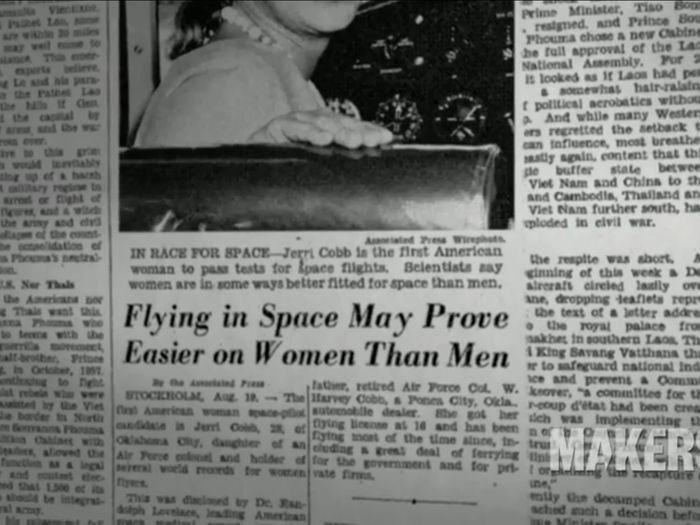
Source: MAKERS: Women in Space
In 1958, the physician William Randolph Lovelace helped design and conduct a series of tests to select the first astronauts of the Mercury Program.

Source: MAKERS: Women in Space
The final group, called the Mercury Seven, was established in 1959 and consisted of seven men who were test pilots in the Navy or Air Force.
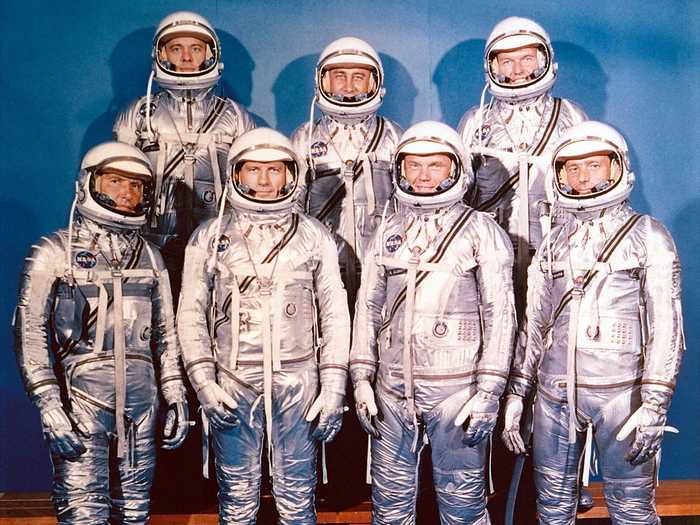
That same year, when the Mercury Program was established, Lovelace developed a private program of his own that tested women pilots. NASA did not sponsor the program.
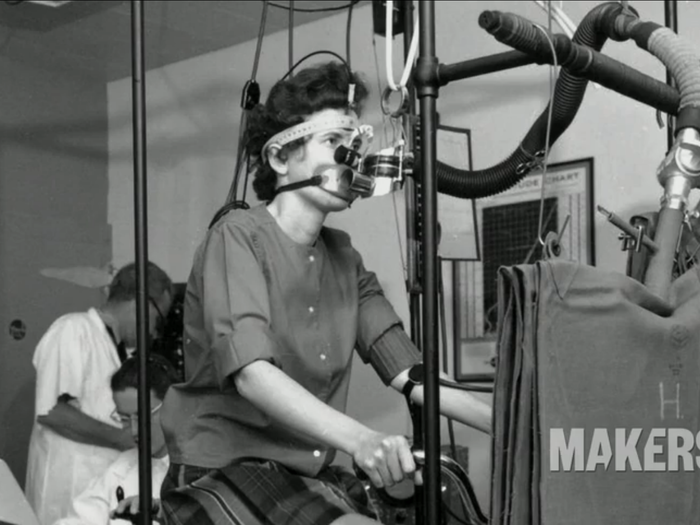
Source: MAKERS: Women in Space
But because the Navy and Air Force did not allow women pilots at that time, Lovelace had to look elsewhere for his candidates.
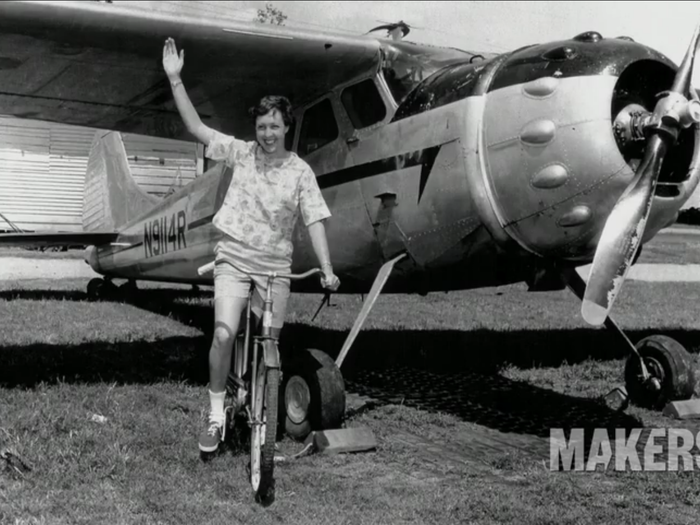
Source: MAKERS: Women in Space
The first woman Lovelace invited was award-winning pilot Geraldyn Cobb who, in 1959 and 1960, set a total of three world aviation records.
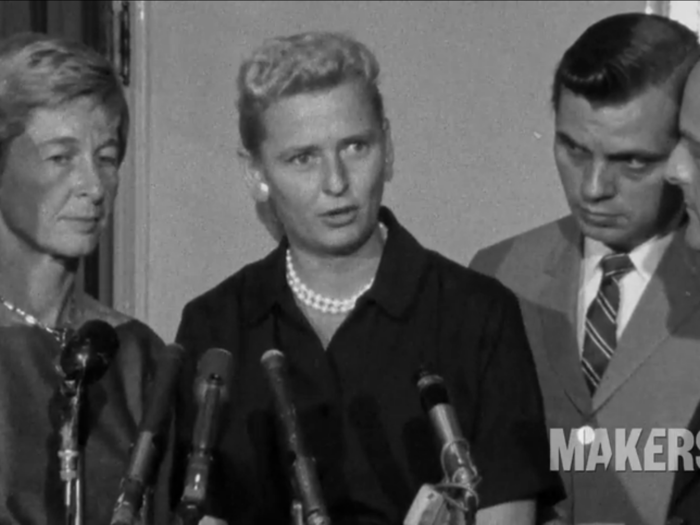
Source: MAKERS: Women in Space
Cobb passed all three phases of Lovelace’s tests — the exact same tests the Mercury astronauts had completed, proving women were as capable as men to fly in space.
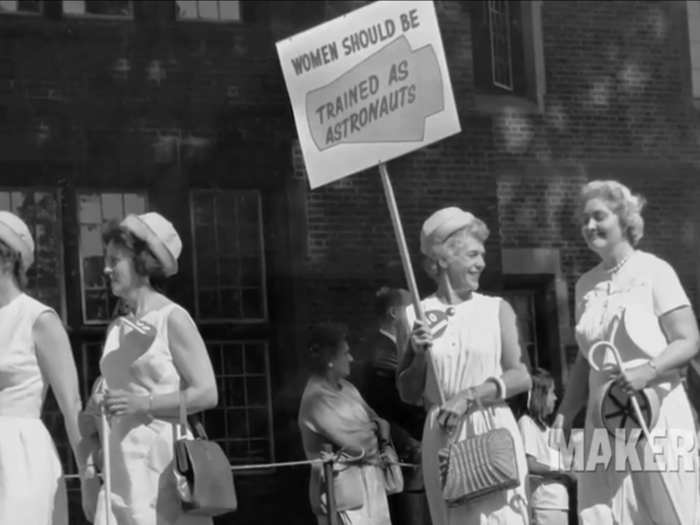
Source: MAKERS: Women in Space
After that, Lovelace and Cobb together recruited 19 more women pilots to undergo the same tests. Each woman had at least 1,000 hours of flight experience.
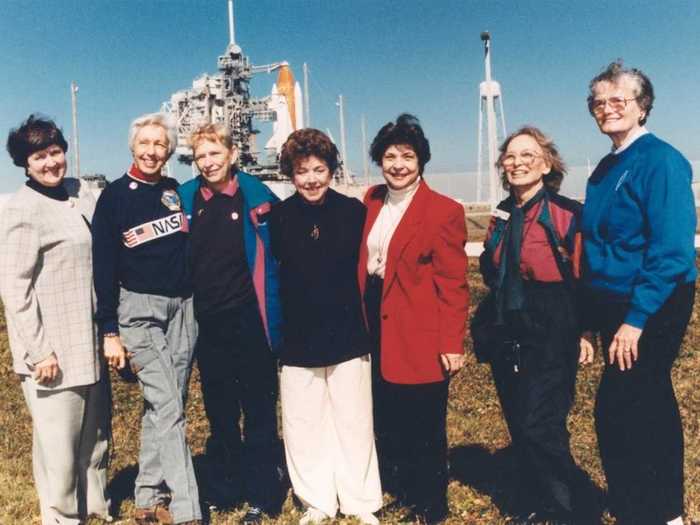
The tests were exhausting and at times brutal. Since no one knew what zero gravity would do to the human body, Lovelace tested everything he could think of.
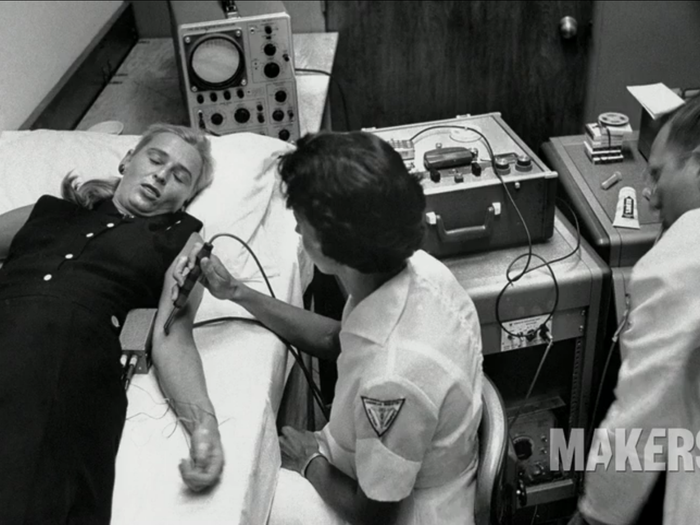
Source: MAKERS: Women in Space
One woman, Wally Funk, remembers the most painful test being when ice water was shot into her ear for 20 seconds, which temporarily froze the inner ear inducing a feeling of vertigo.
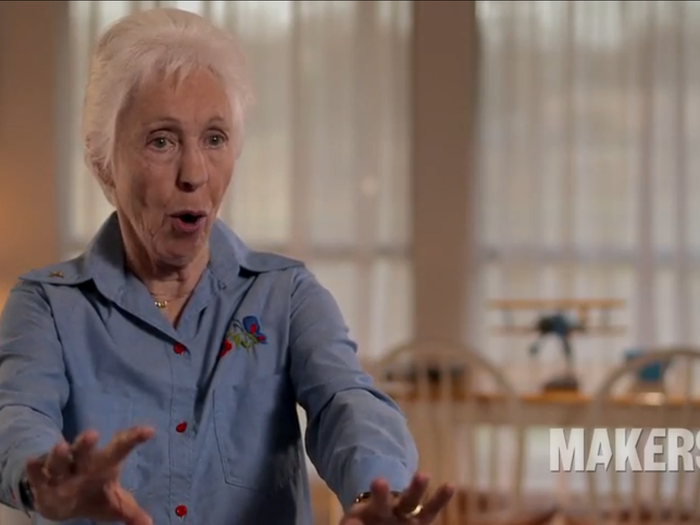
Source: MAKERS: Women in Space
Funk describes how her eyes began shaking along with the rest of her body. The test was to determine how quickly subjects could regain control.
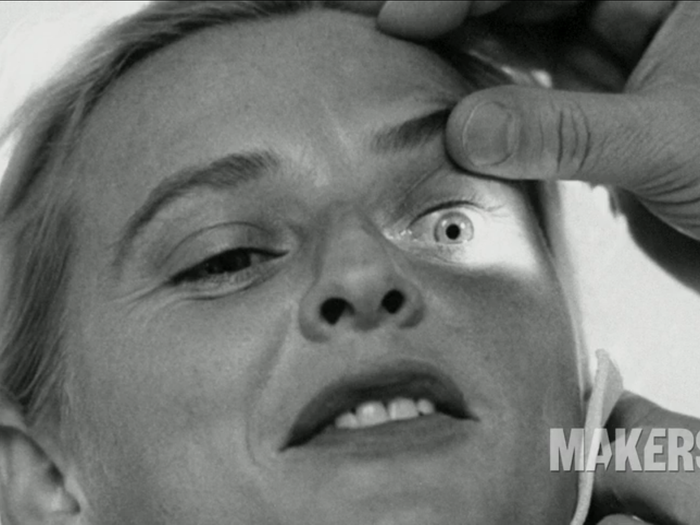
Source: MAKERS: Women in Space
Another test used what’s called a sensory deprivation tank. Subjects floated in a tank in a dark room for as long as they could before feeling uncomfortable or claustrophobic or starting to hallucinate.
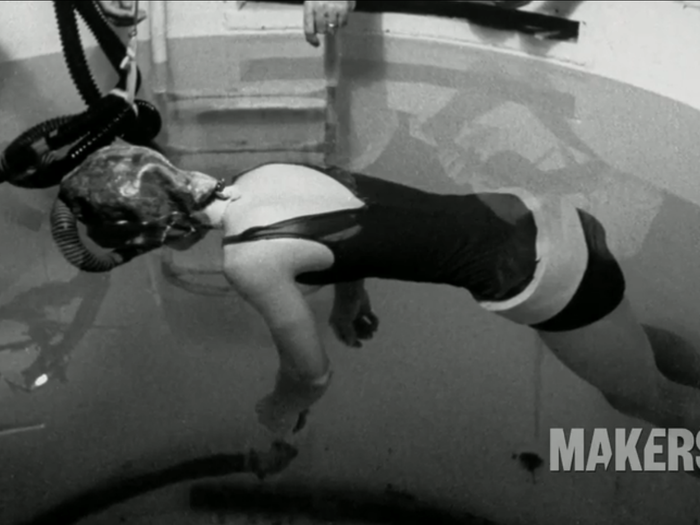
Source: MAKERS: Women in Space
Funk remained in the isolation tank for 10 hours and 35 minutes, longer than any other man or woman. She was one of the final 13 women who passed Lovelace’s tests and were qualified to go into space.
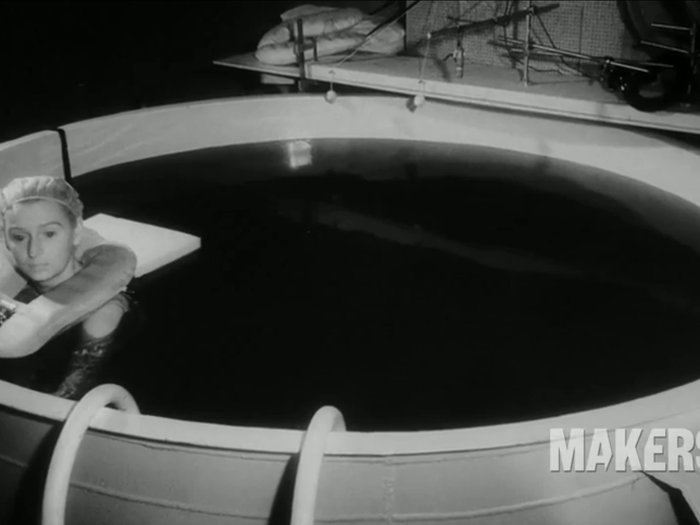
Source: MAKERS: Women in Space
Many of the final 13 women, who were later called the Mercury 13, had higher scores than the men. Funk scored higher than NASA astronaut John Glenn.
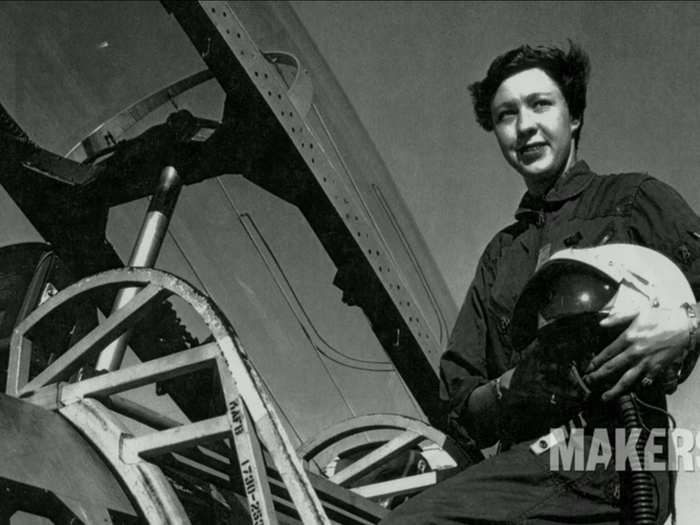
Source: MAKERS: Women in Space
But no one from Mercury 13 ever went to space because President Eisenhower insisted that astronauts be military test pilots, and women were not allowed to hold that position in the military at the time.
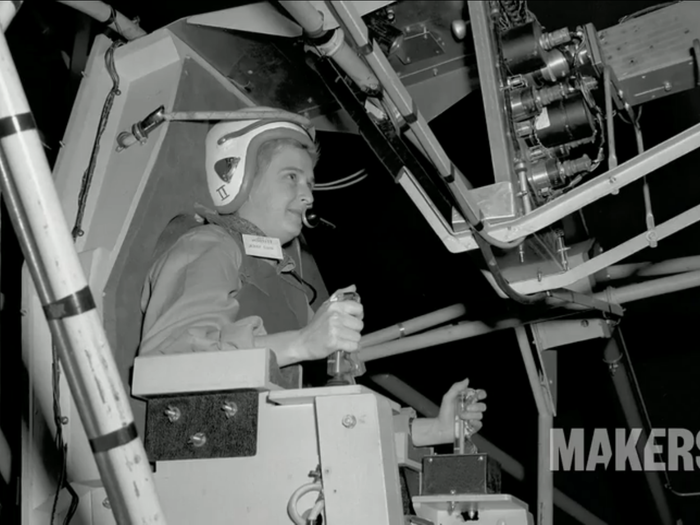
Source: MAKERS: Women in Space
Cobb and other women of the Mercury 13 took their case to Congress. Because their tests were completed under a program that was not officially associated with NASA, however, Congress would not support their request to allow women into the NASA astronaut program.
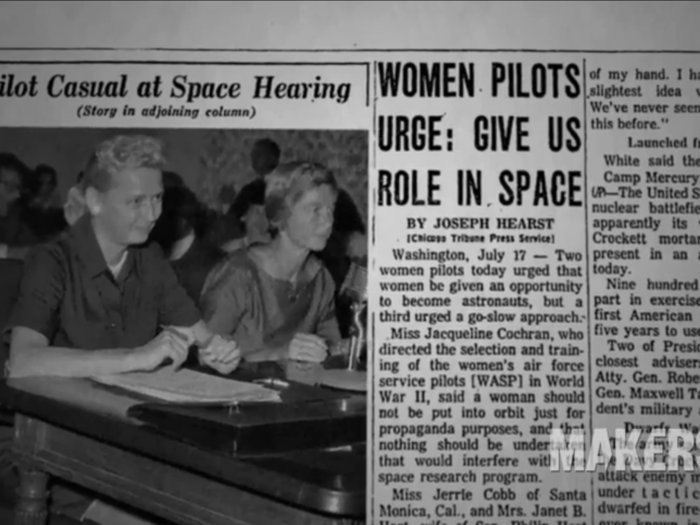
Source: MAKERS: Women in Space
Some were reluctant to send a woman into space because they feared others would see it as a sign of American weakness.
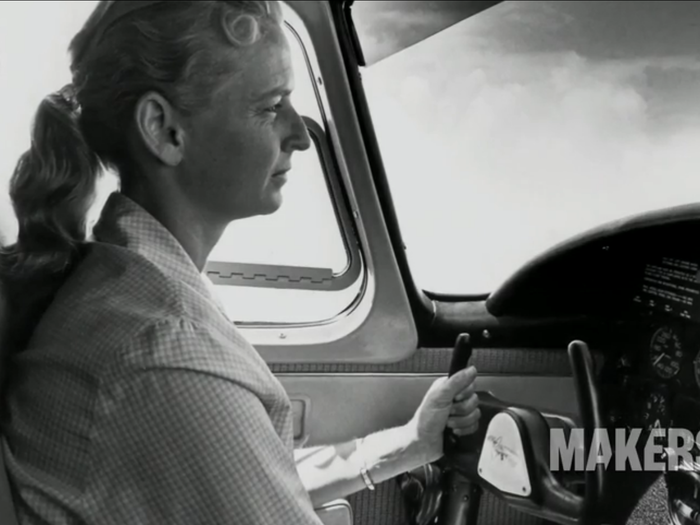
Source: MAKERS: Women in Space
In 1963, Cobb testified at a Congressional hearing about women astronauts. John Glenn was at the hearing and was recorded saying “men go off and fight the wars and fly the airplanes.”

Source: MAKERS: Women in Space
That same year, Russia sent the first woman into space, Valentina Tereshkova.
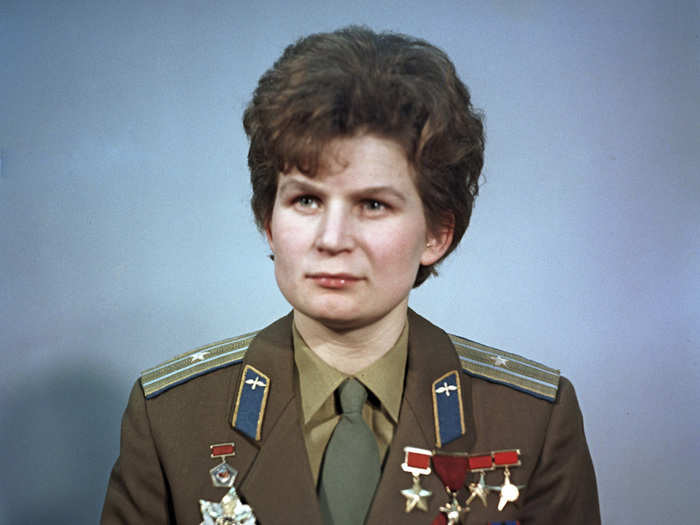
When NASA finally admitted women into their astronaut program in 1978, the fresh batch of 35 recruits included six women and was called at the time "The 35 New Guys." Sally Ride was one of the six and became the first American woman in space in 1983.
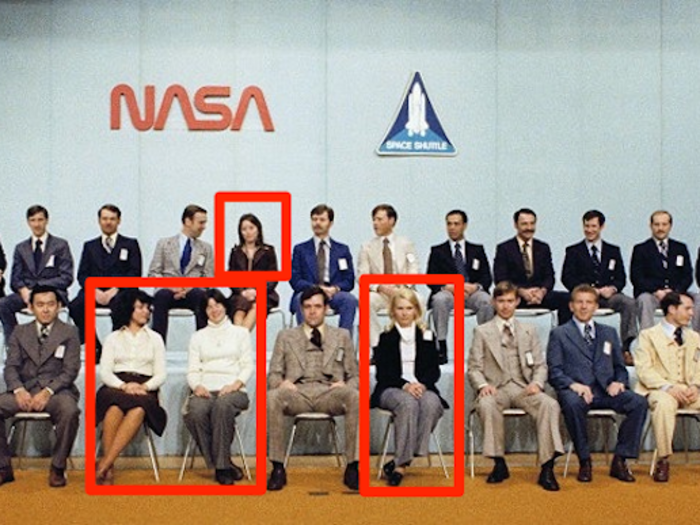
As of 2013, women represented 10% of all people who have flown to space.
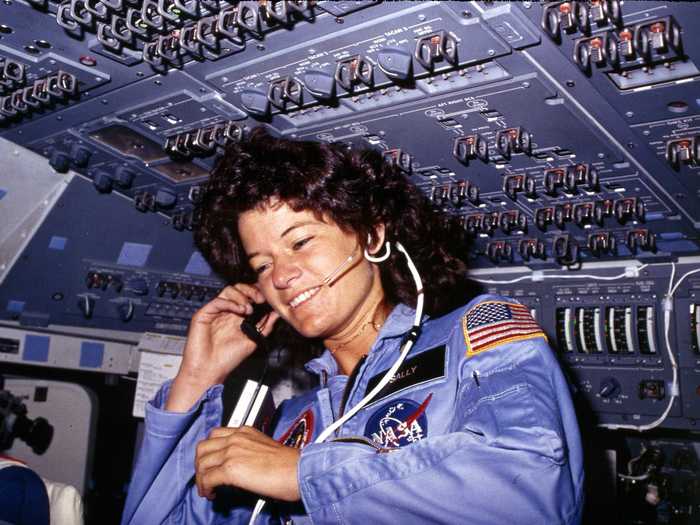
You've seen our struggles on Earth, how look at what we've accomplished in space.
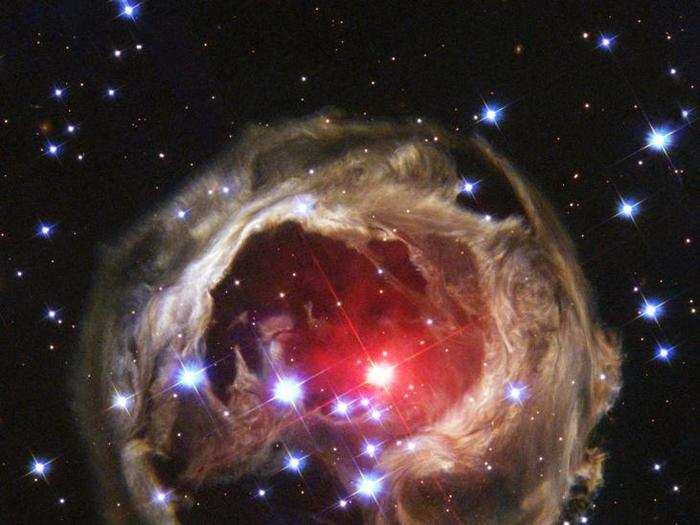
Popular Right Now
Popular Keywords
Advertisement